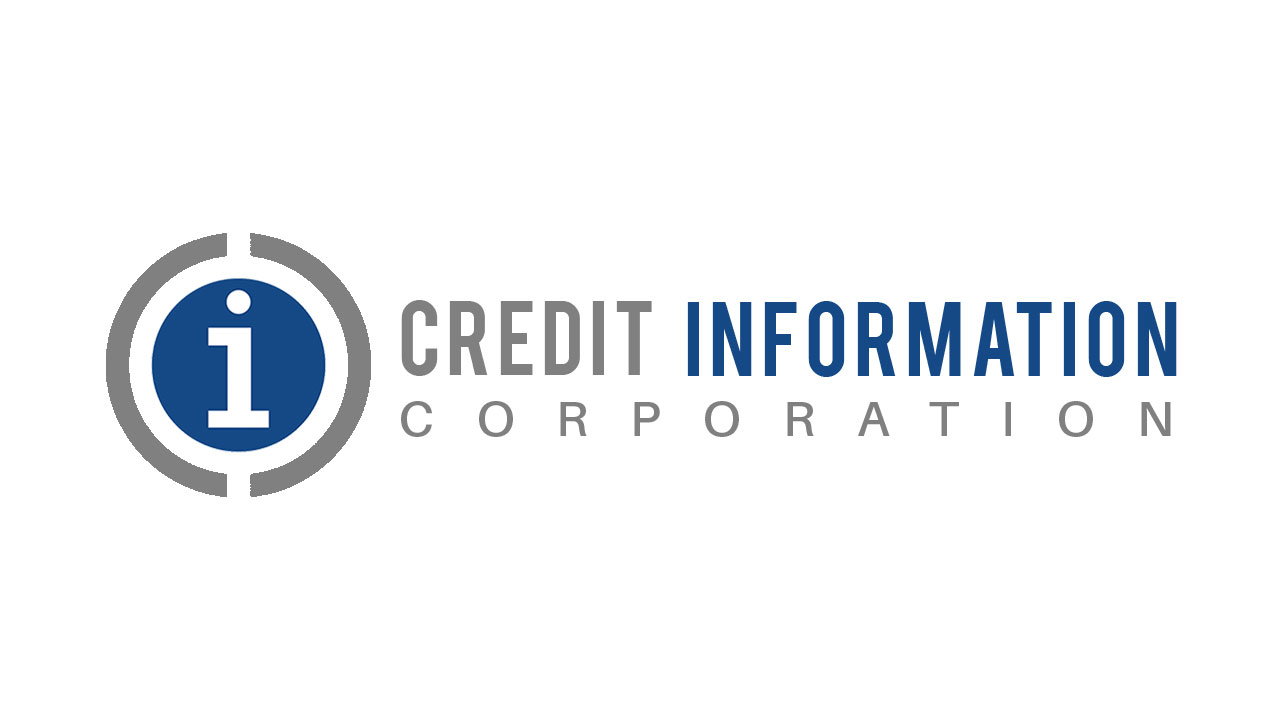CIC’s rating system may boost lending, banks’ asset grade

LENDERS expect a recently introduced compliance rating system to boost banks’ lending and asset quality, and result in greater financial inclusion.
Last month, state-led Credit Information Corp. (CIC) issued a circular that will implement a Compliance Rating System to monitor the compliance of Submitting Entities in Production (SEPs).
Union Bank of the Philippines, Inc. (UnionBank) said in an e-mailed statement that the rating system boosts financial inclusion by “providing lenders with accurate credit information which is key in the credit decisioning process.”
“The new guidelines ensure strict compliance of all submitting entities with the credit reporting requirements,” the bank said, referring to the CIC circular titled “Implementing Guidelines for the Compliance of all Submitting Entities under the Credit Information System Act.”
CIC acts as a central credit registry of Filipinos’ credit information. Its new system will charge a Compliance Assistance Fee for SEPs that will cover the cost of providing technical support and enforcement.
“With the banks’ increased knowledge of the customers’ credit history, it is assumed that credit assessment would be more thorough. This would lead to better asset quality and improved NPL (nonperforming loans),” China Banking Corp. (China Bank) Consumer Banking Segment Head Aloysius C. Alday, Jr. said in an e-mail.
UnionBank said lenders will be able to have better risk-adjusted returns and price loans better.
The banking industry’s gross NPL ratio went up to 3.44% in October from 3.4% in September and 3.41% in the same month last year, preliminary data from the Bangko Sentral ng Pilipinas (BSP) showed.
The latest figure is also the highest bad loan ratio since 3.46% in May.
Meanwhile, bad loans rose by 9.2% year on year to P449.435 billion from P411.632 billion. Month on month, it inched up by 1.2% from P444.313 billion in September.
Mr. Alday said that while some banks might struggle with setting up data sharing, they are likely to benefit in the long term as overall lending will grow due to better know-your-customer (KYC) data.
Nonetheless, all banks will need to comply with CIC’s compliance rating system to cope with the increasing risks, especially for smaller lenders, UnionBank said.
“It is important to address the risks. Otherwise, smaller entities should evaluate their options, particularly limiting their offerings to simpler products or services to avoid the additional cost of compliance,” the Aboitiz-led bank said.
Outstanding loans by big banks rose by 7.1% to $11.3 trillion in October from $10.55 trillion a year earlier, BSP data showed.
This was faster than the 6.5% expansion in September, marking the fastest pace in bank lending growth in two months or since the 7.2% seen in August.
On a month-on-month seasonally adjusted basis, outstanding universal and commercial bank loans inched up by 1.4%.
“This compliance will result in each bank’s portfolio growth with facilitated credit assessment and better asset quality with the deeper knowledge of each loan customer,” Mr. Alday said.
“However, this will be limited to existing ‘banked’ customers who have existing records,” he noted.
To address this, CIC may use existing data shared by the banks to develop credit scoring for the unbanked. — Aaron Michael C. Sy



